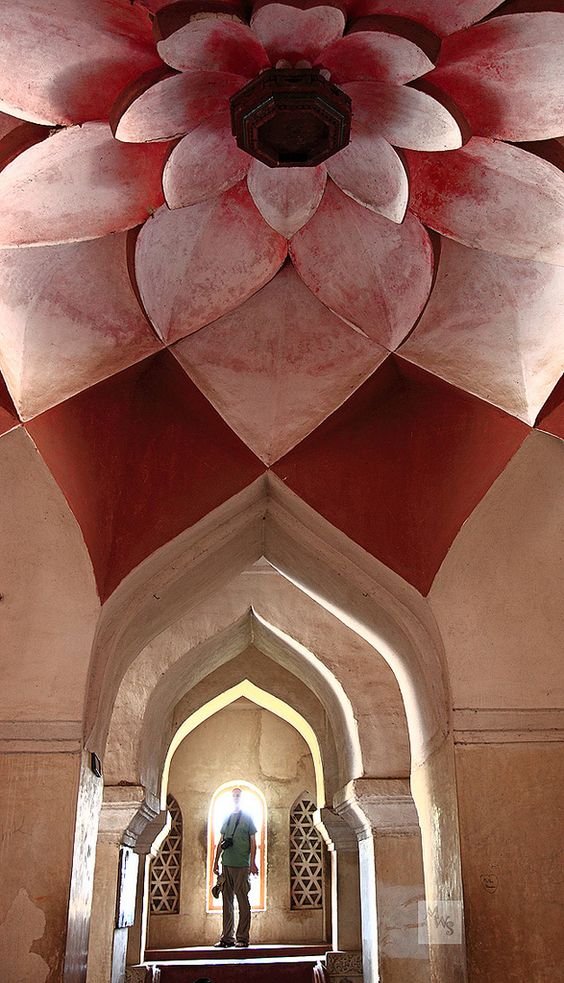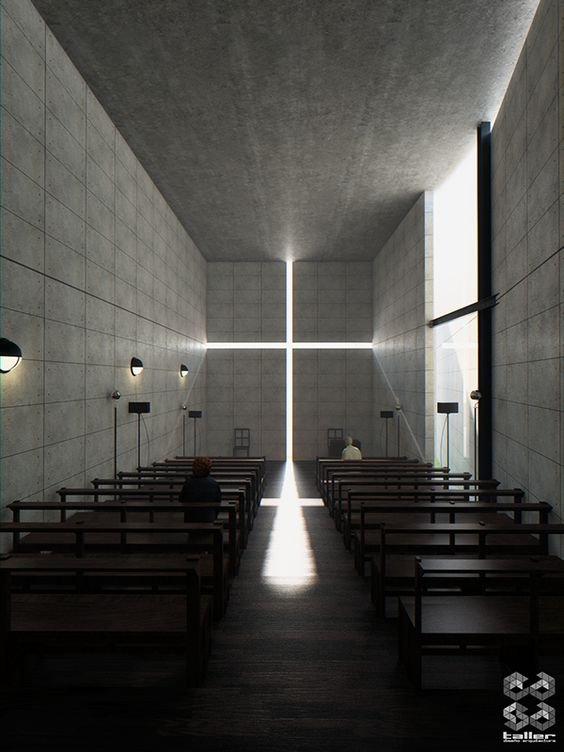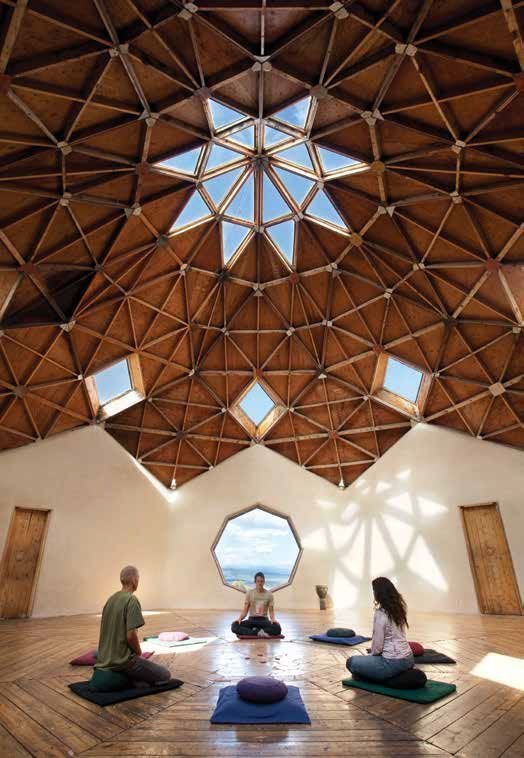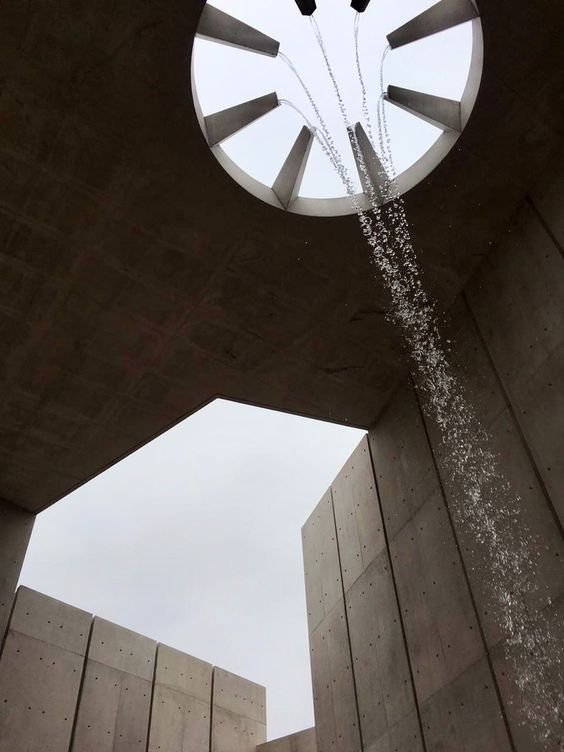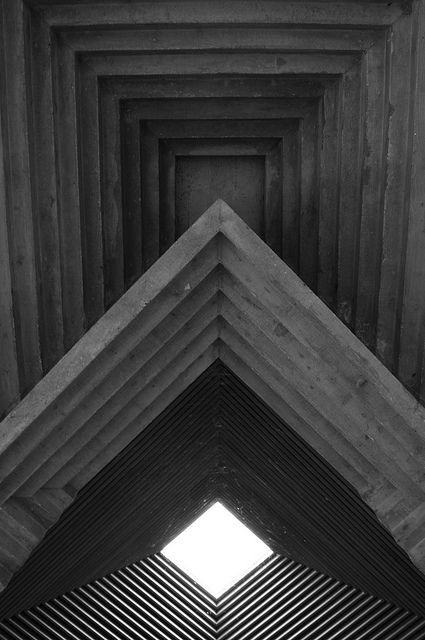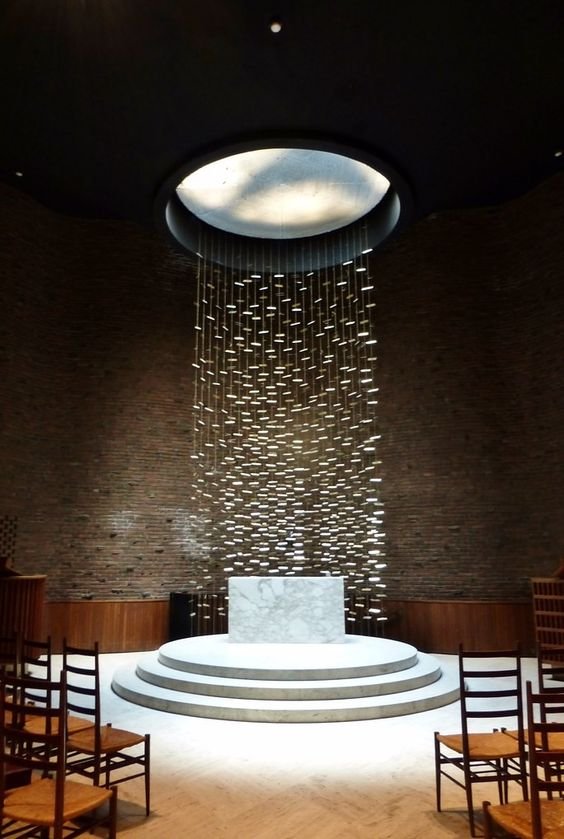Architectural Alchemy: The Essence of Spiritual Places and Sacred Spaces
The more the world seems to be travelling at an accelerated pace into an unknown future, I find myself reflecting more and more on the past and the heavens as a source of solace and inspiration.
In the realm of architecture and design, certain places transcend the mere physicality of their structures, reaching into the spiritual and sacred dimensions. These spaces go beyond functionality, becoming sanctuaries that evoke a profound sense of awe, reverence, and tranquility.
As I try to navigate such an uncertain future for our world I find solace in grounding in the past and the knowledge that change is inevitable and the world will continue to spin.
Perhaps you may find some comfort in this as well as we delve into the ethereal realm of spiritual places and sacred spaces, exploring the alchemy that architects employ to create environments that touch the soul.
The Essence of Spiritual Places:
Spiritual places are imbued with a unique energy that resonates with individuals on a deeper, often intangible level. These spaces are designed to facilitate contemplation, meditation, and a connection to something greater than oneself. Whether it's a temple, mosque, church, or shrine, the architecture aims to create an atmosphere conducive to spiritual experiences.
Symbolism in Architecture:
Sacred Geometry
is associated with the belief of a divine creator of the universal geometer.
Spiritual places often incorporate symbolic elements that carry cultural, religious, or philosophical significance. From arches and domes to sacred geometry, these symbols are carefully woven into the fabric of the architecture to convey a deeper meaning and trigger a sense of the transcendent.
Natural Elements and Harmony:
Many spiritual places integrate natural elements to establish a harmonious connection between the built environment and the surrounding landscape. Water features, gardens, and strategically placed openings that capture sunlight are common design elements that enhance the spiritual experience and create a sense of unity with nature.
Like the Brother Klaus Field Chapel by Peter Zumthor. The interior of the chapel room was formed out of 112 tree trunks, which were configured like a tent.
In twenty-four working days, layer after layer of concrete, each layer 50 cm thick, was poured and rammed around the tent-like structure. Then a special smouldering fire was kept burning for three weeks inside the log tent, after which time the tree trunks were dry and could easily be removed from the concrete shell.
Sacred Geometry:
The use of sacred geometry in architectural design is a practice that spans across cultures and civilizations.
Incorporating precise geometric patterns and proportions, architects aim to create spaces that resonate with universal harmony and balance, fostering an environment that encourages introspection and spiritual reflection.
The Sanctity of Sacred Spaces:
Sacred spaces, like spiritual places, go beyond the physical and provide a haven for individuals seeking solace, reflection, and a connection to the divine. Whether within the confines of a cathedral, a mosque courtyard, or a zen garden, these spaces are meticulously crafted to evoke a sense of sacredness.
Quietude and Tranquility:
Sacred spaces prioritize tranquility and quietude, offering respite from the chaos of the external world. The design elements focus on minimizing external distractions, utilizing acoustics, and creating a serene ambiance that allows visitors to turn inward and experience a moment of stillness.
Ritual and Ceremony:
Many sacred spaces are designed to accommodate specific rituals and ceremonies, reinforcing the cultural or religious practices associated with the space. Altars, prayer niches, and ceremonial pathways are examples of architectural elements that play a crucial role in shaping the sacred narrative of a space.
Light and Illumination:
Light is a powerful tool in the design of sacred spaces. Architects carefully consider the play of natural and artificial light to create a symbolic journey from darkness to illumination. Light becomes a metaphor for enlightenment, guiding visitors through a transformative experience within the sacred space.



